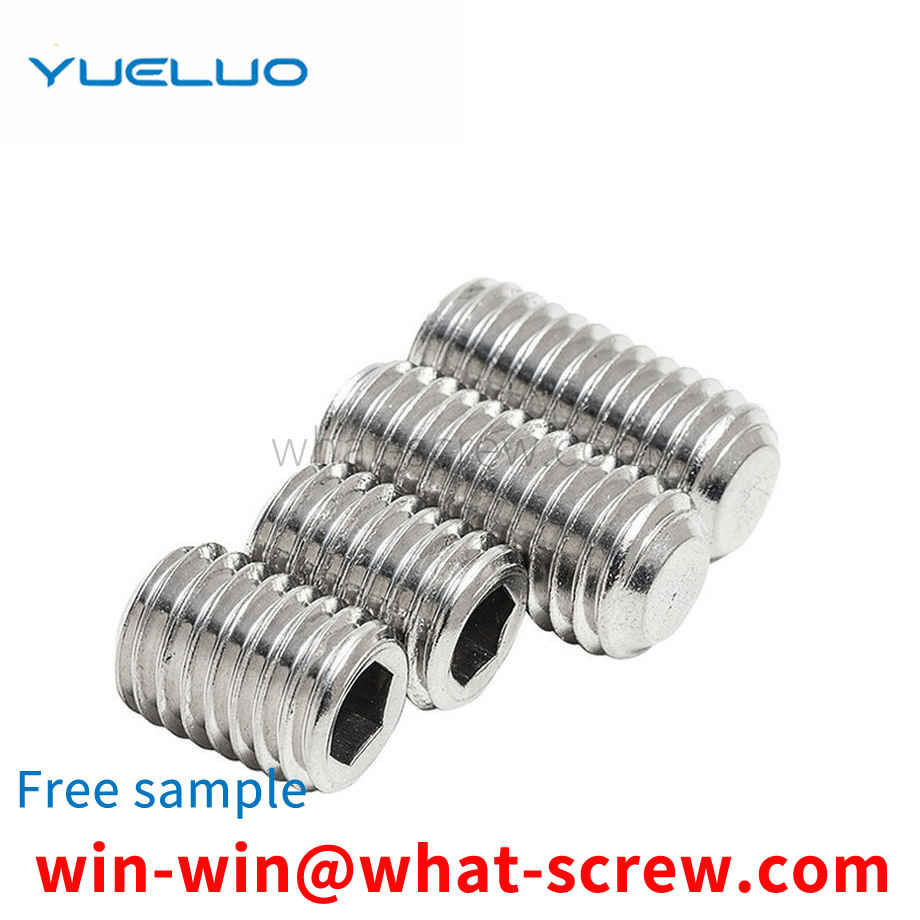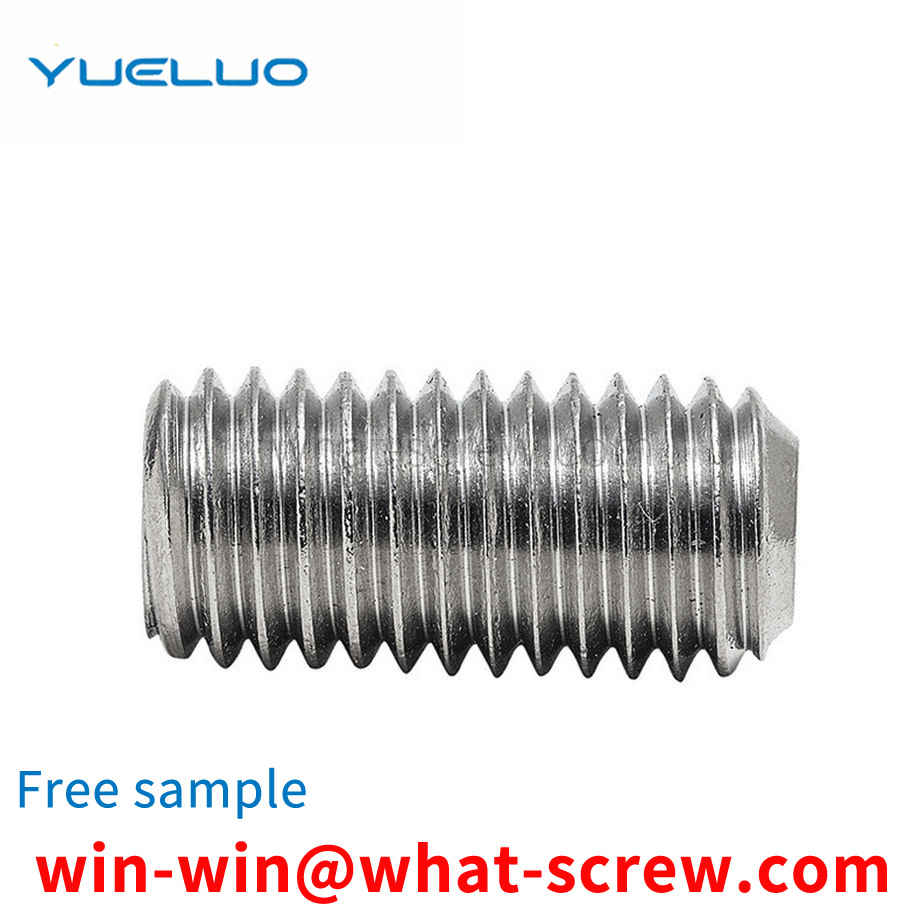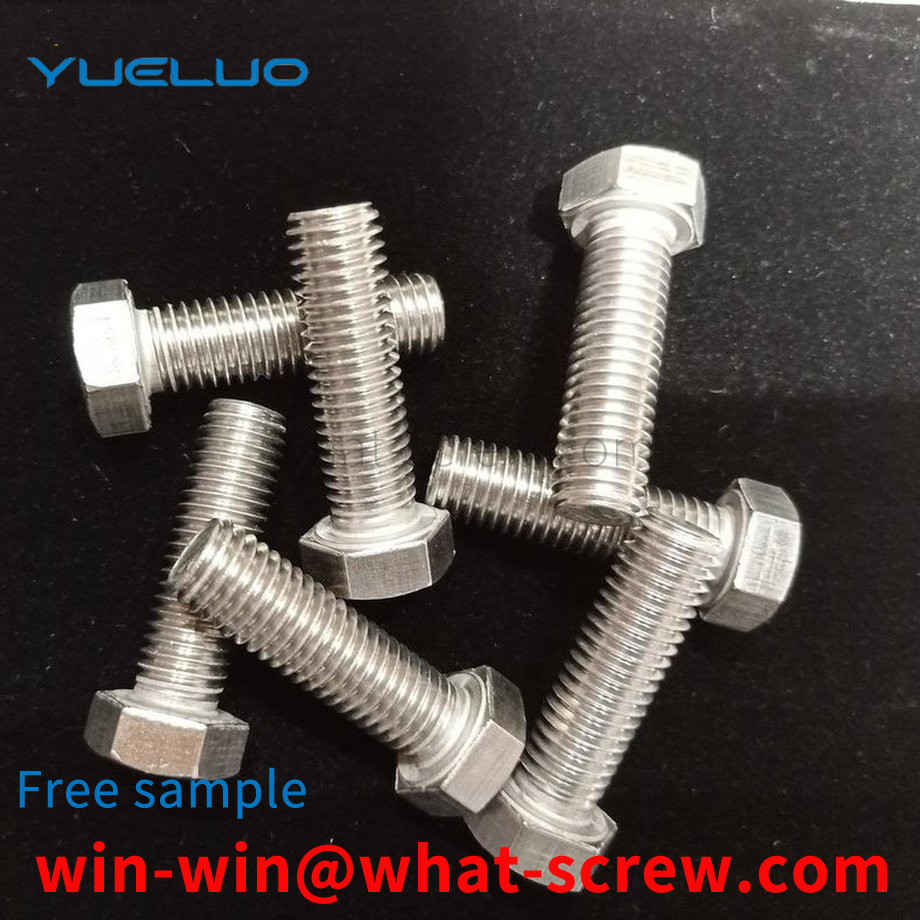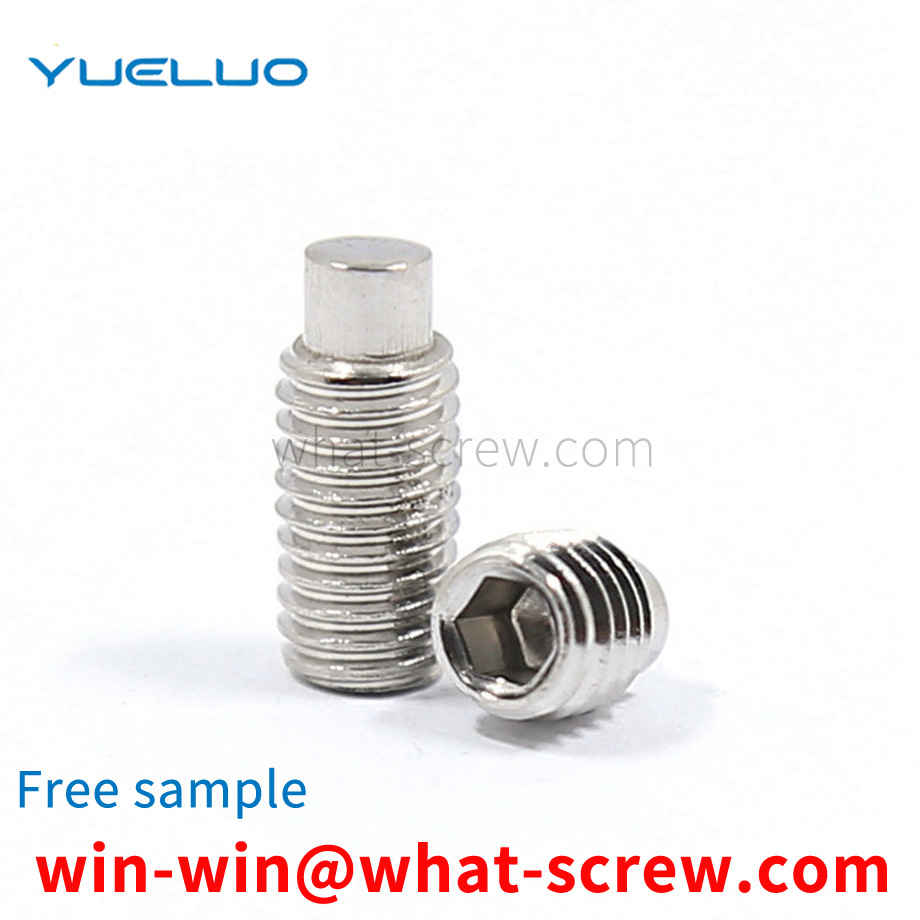What is the tolerance range of precision screws?
What is the tolerance range of precision screws?
Service Hotline
+86760-8787 8587We have more than ten years of production experience in the screw industry. The main products are: large flat head screws and bolts, rough countersunk head rivets, hexagonal belt nut, small head and small semi-circular head square neck carriage bolt, flat washer meson washer, round head hexagon socket. Screws, cross combination bolts, twist star plastic screws, screw rods, nut screws, GB37 pressure plate bolts, Q441 rivets, ultra-short thread bolts, 304 hexagon socket bolts, 929 hexagon nuts and other fasteners, due to the product material Different specifications and different prices, please contact us if necessary.


Most of the blind hole installation rivets have the characteristics of light weight, reliable connection, high strength, and convenient and quick installation. For example, blind rivets have been widely used in various aerospace vehicles.

As a standard part, it should have its own general specifications. For hexagonal nuts, the commonly used standards are: GB52, GB6170, GB6172 and DIN934. The main differences between them are: GB6170 is thicker than GB52, GB6172 and DIN934. Thick from DIN934, commonly known as thick nut. The other is the difference between the opposite sides, the opposite sides of DIN934, GB6170 and GB6172 in the M8 nut series are 13MM smaller than the opposite side 14MM of GB52, and the opposite sides of M10 nuts, DIN934 and GB52 are 17MM. The opposite side of GB6170 and GB6172 should be 1MM larger, M12 nut, DIN934, GB52's opposite side is 19MM larger than GB6170 and GB6172's opposite side 18MM is 1MM larger. For M14 nuts, the opposite side of DIN934 and GB52 is 22MM, which is 1MM larger than the opposite side of GB6170 and GB6172, which is 21MM. The other is the M22 nut. The opposite side of DIN934 and GB52 is 32MM, which is 2MM smaller than the opposite side of GB6170 and GB6172, which is 34MM. (Besides the thickness of GB6170 and GB6172 are the same, the width of the opposite side is exactly the same) The rest of the specifications can be used in general without considering the thickness.


With the rapid development of electronic technology, the integration of circuit boards is getting higher and higher, and the number of layers of circuit boards is increasing. Press-fit and fix to ensure accurate alignment during riveting and pressing. The rivets used on PCB boards are basically brass rivets. When riveting and pressing multi-layer PCB boards, metal chips are prone to appear, inner layer short circuits or foreign objects between layers, and because of the brass rivets With higher hardness and larger wall thickness, the riveted area of the PCB is thicker than the non-riveted area, which is easy to cause damage to the middle steel plate of the auxiliary tool. At the same time, the protruding rivets hinder the free expansion of the copper foil, which is easy to produce copper foil. wrinkling phenomenon. Now there are improved plastic rivets used to manufacture multi-layer PCB boards. The advantage is that no metal debris is generated, and at the same time, the tool steel plate is not damaged to the greatest extent. However, the existing plastic rivets are insufficient due to the inherent strength of plastics. When the PCB board is riveted and pressed, it is easy to deform, and the positioning is inaccurate, resulting in dislocation between layers, resulting in poor improvement of the product defect rate.

The standard specifies hexagon head bolts with thread specifications of M3~M64, grades A and B. Grade A is used for bolts with D<=24 and L<=10D or L<=150mm (whichever is smaller); grade B is used for bolts D > 24 or L > 10 D or L > 150 (according to the smaller value) bolt size specification mark: thread specification D = M12, nominal length L = 80mm, performance level is 8.8, the table is the same as oxidation, A level Hexagon head bolt tag example bolt GB / T5782-86-M12 × 80 national standard common hex bolt head on the side size and cooperation national standard wrench thread diameter \ pair of edge sidewalls Skin wrench Wrench Double-ended open-end wrench Double-ended Torx wrench. The outer hexagon bolt is the most frequently used type of bolts. The main function of the external thread it has is to cooperate with the nut. Using this threaded connection method, the two parts are integrated. Grade C hexagon bolts are mainly used in steel structure machinery and equipment with relatively rough surface and low precision requirements. Grade A and Grade B hexagon bolts are mainly used in machinery and equipment with smooth surface and high precision requirements. Most of the stainless steel outer hexagon screws are full-tooth and hexagonal head full-tooth bolts. Standard: DIN933, GB5783, ISO4017, ANSIB18. 2.1, JISB1180; non-full thread bolt standards DIN931, GB5782, ISO4014, ANSIB18.2.1, JISB1180.

The above content is uploaded by Yueluo or the Internet. If there is any copyright issue, please contact [email protected].

What is the tolerance range of precision screws?

How to choose the right stainless steel screw manufacturer?

Why is there an R angle under the head of the hexagon head s...

We have more than ten years of production experience in the ...

We have more than ten years of production experience in the ...

We have more than ten years of production experience in the ...

We have more than ten years of production experience in the ...